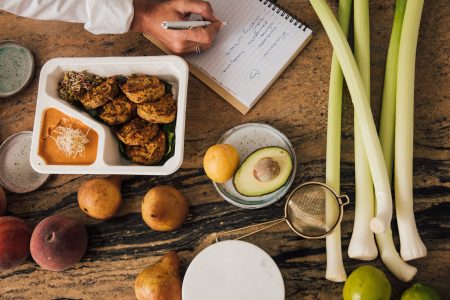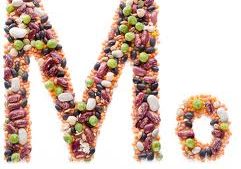
Reading Food Labels
You often ask me what products to choose, whether a given nut spread is of the same quality as a similar one by another brand. That’s why today I will try to explain this significant and often neglected issue. Reading food labels is a very important eating habit. A label is a valuable source of information that helps you make more conscious food choices. Appropriate selection of food products in the menu is one of the key elements of proper nutrition.
At first glance, today’s post may seem boring, but in my opinion it is worth knowing that the appearance of the product label does not only depend on the manufacturer, but it is also legally regulated. Let’s start!
Pursuant to Regulation (EU) 1169/2011 of the European Parliament and of the Council of 25 October 2011 on the provision of food information to consumers, product labels must contain the following information:
The name of the product
According to the provisions of Polish law, the name of a product cannot be invented by the manufacturer, but it must be the real name of the product. For example, cream should always use the name “cream” and not “housewife’s cream.”
Composition
The producer is obliged to indicate the ingredients on the packaging, starting with the ones that make up the largest part to the ones that are present in the smallest amount. For example, if a yogurt is mostly milk, milk will appear first. Live bacteria cultures should come next.
Food allergens
It is mandatory that allergens contained in the ingredients of the products should be written in bold. If products that do not contain any allergens in their essential composition, but are produced or repackaged on the same production line with other products that contain them, the manufacturer is obliged to add such information. This is usually marked with the phrase “the product may contain traces of…”.
The Best before or Use by date
Two different parameters appear on product labels: Best before or Use by. The first one indicates the date of minimum durability after which the product does not expire. After this date, you can safely consume the product. On the other hand, “Use by” refers to products that spoil quickly and consumption of the product after the indicated date may have serious health consequences.
Net amount of food
Each package must also contain information on the net weight of the product. In addition, in case of products sold for example in the pickle, the label should contain information about the weight of the product after draining.
Special storage conditions or conditions for use
The producer is obliged to provide information on special storage conditions for products which undergo microbiological changes invisible to the naked eye. Juices are an example of such a product, as they usually need to be consumed within a few days of opening. The information may also refer to e.g. temperature or avoidance of sun exposure.
Instructions for use
It is obligatory if its absence would prevent proper use, e.g. powdered products that require heat treatment or addition of liquid before consumption, or frozen products that must first be thawed.
Information on the origin of the product
In the case of products consisting of only one ingredient, e.g. coffee beans, the country of origin of the raw material must be specified. On the other hand, products consisting of many ingredients from different countries must have an indication of the place of packaging or production.
Manufacturer
Producers are required to inform which company has produced or packed the product, and must provide the address of the production facility.
Nutritional value
By law, the label must show the energy value, the amount of fat (including saturated fat), carbohydrate, sugar, protein, salt, and the amount of any nutrient or substance for which a nutrition claim is made. These data must obligatorily be given per 100 g or 100 ml.

To sum up – the hardest part is over! 🙂 I hope that you are still with me because I have prepared some tips for you that will help you choose the right product.
The most important rules
1. Choose products with the shortest possible composition – the exceptions may be products with a lot of spices or the addition of vitamins and minerals.
2. The ingredients of a product are always listed in descending order and the ones that are present in the largest amount come first. If sugar is in the first place, it is better to give up such a product.
3. Avoid foods high in salt, saturated fatty acids, and sugar.
4. Compare products taking into account their composition, nutritional value, price, and the list of allergens.
5. Avoid products with many food additives. Many of them negatively affect our health.
6. Pay attention to the name of the product, e.g. nut cookies and nut flavored cookies are not necessarily the same thing. A “flavor” statement may suggest that the manufacturer has added artificial flavorings instead of the real nuts.
7. Products marked with “E” numbers are not always harmful, eg E300 means vitamin C. If you are not sure about a food additive, you can use the official USDA database (free food base) and make sure if the additive is bad.
By reading the labels, you can find out exactly what you will eat. Remember that food labeling helps a consumer make an informed decision whether or not to buy a product. It is worth paying attention to all the above-mentioned rules when shopping. Do you want to know more about what food additives to avoid? Follow the articles appearing on the blog carefully as there will be plenty of content on this topic 🙂
Bibliography:
- Regulation (EU) No 1169/2011 of the European Parliament and of the Council of 25 October 2011 on the provision of food information to consumersi […].
- Nieżurawski L, Sobków C. Rola informacji na etykiecie w procesie zakupu produktu żywnościowego. Journal Article. 2015; 3:290-296.









Comments No Comments
Join the discussion…